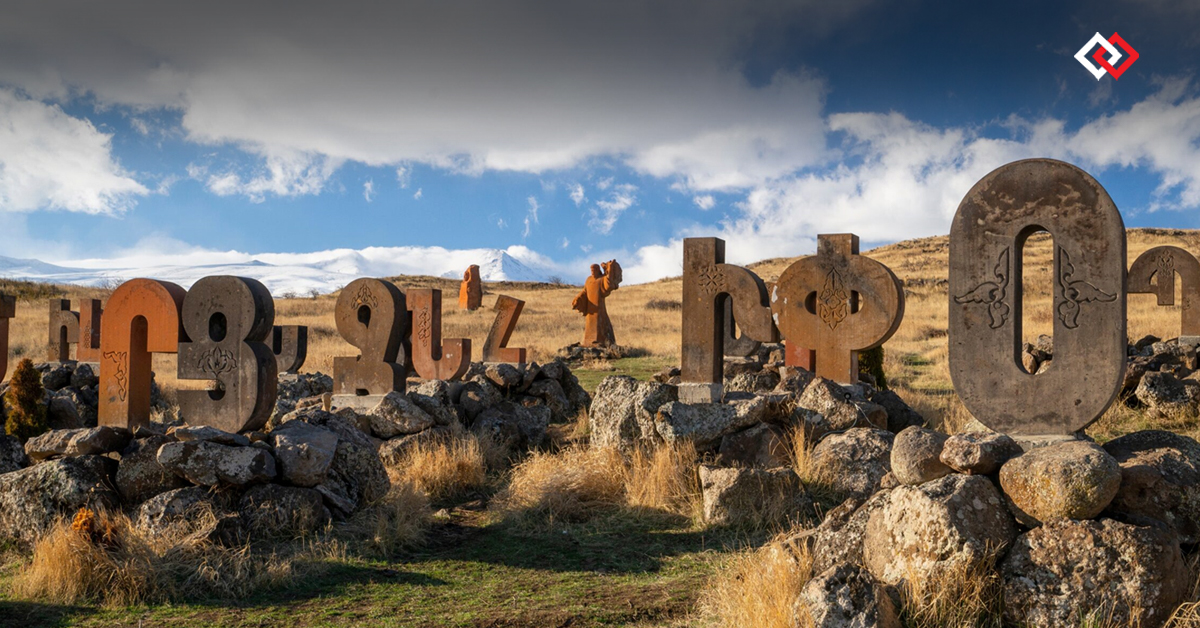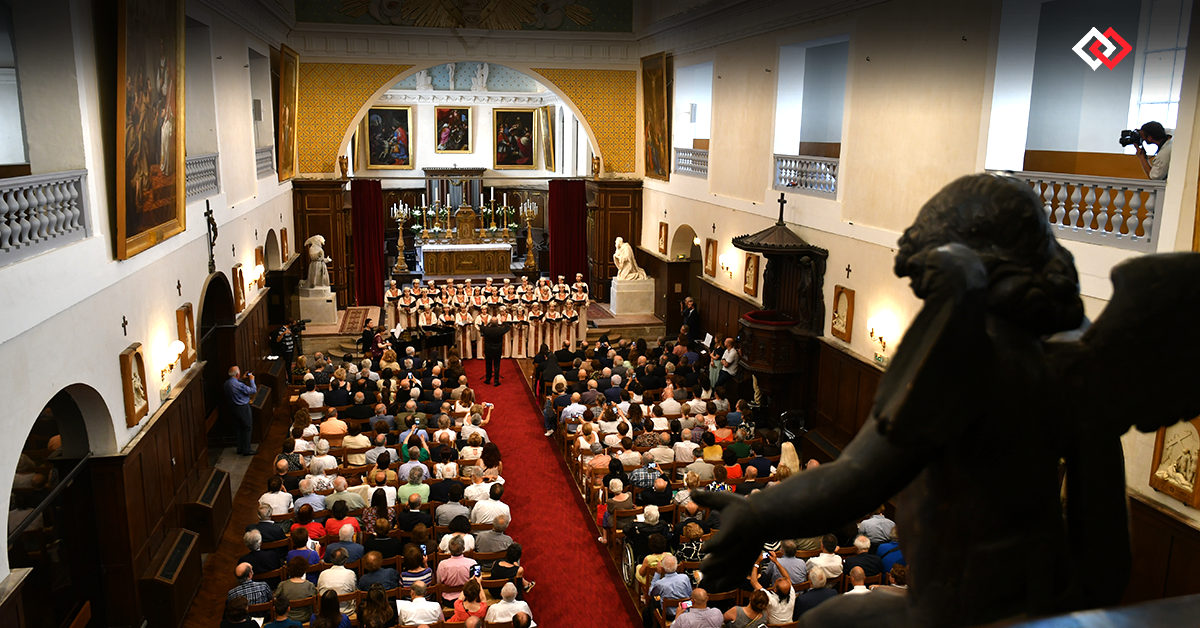As I stood amidst the serene landscape of Alphabet Park near Yerevan, Armenia, I couldn’t help but feel the weight of history surrounding me. The statues representing each letter of the Armenian alphabet stood as silent witnesses to a legacy that spans over 1,600 years. It was here that I began to understand the profound significance of the Armenian alphabet – not just as a means of communication but as a symbol of resilience and identity for the Armenian people.
Accompanied by my guide, Sofya Hakobyan, we traversed Alphabet Park, where she explained how each letter, intricately carved from volcanic tuff rock, embodies centuries of heritage. As we strolled, she recounted Mesrop Mashtots’ ingenious invention of the Armenian alphabet in the 5th century CE, facilitating Bible translation and introducing a numerical system for calculations and dates. Hakobyan’s narrative highlighted Mashtots’ brilliance and the enduring significance of his creation, symbolizing Armenian identity amidst centuries of challenges.
As I gazed upon the statues of Mashtots and his alphabet, I couldn’t help but feel a sense of awe and reverence for the rich cultural heritage that they represent. Standing there, surrounded by the beauty of Alphabet Park and the towering peaks of Mount Aragats in the distance, I realized that the story of the Armenian alphabet is not just a tale of letters and words but a testament to the resilience of a people who have endured and overcome countless challenges throughout history.
By Sugato Mukherjee on BBCtraveler
Writer and photographer




